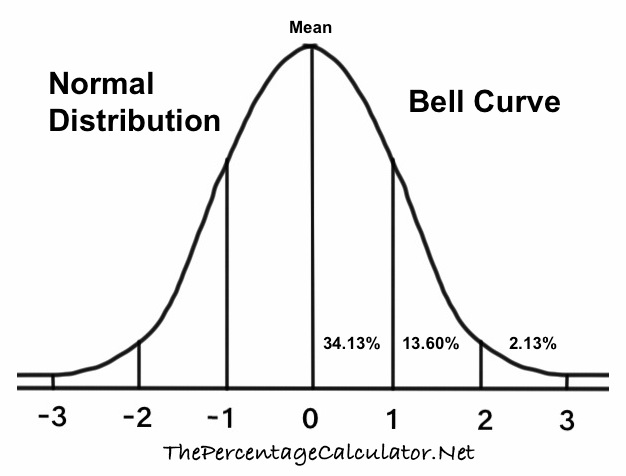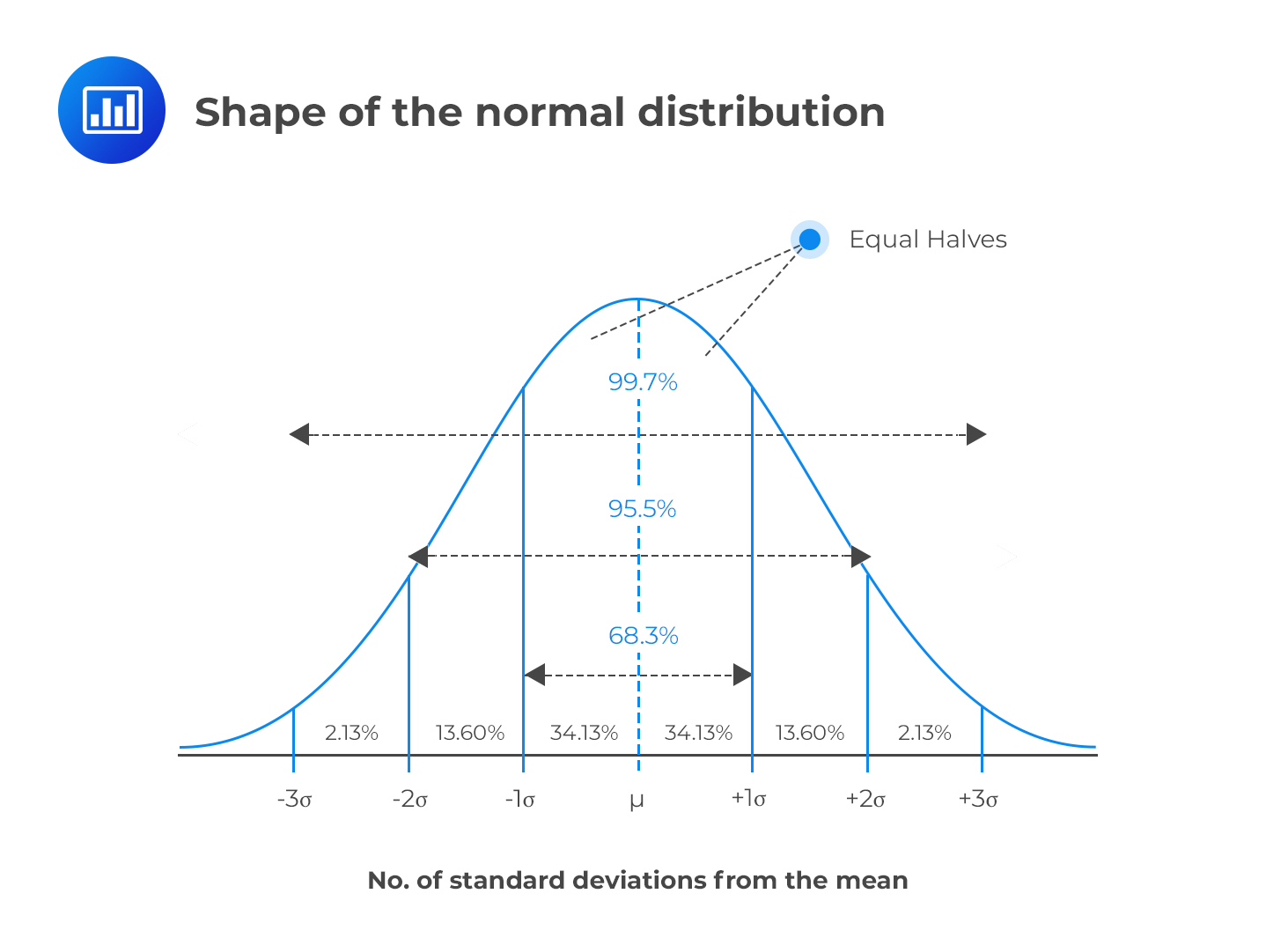

Termination, performance probation, salary cuts and other adverse treatment of employees for poor performance is legally indefensible unless you establish and clearly communicate objective and reasonable performance standards. Employees of Capital One who claimed that stack-ranking had the effect of discriminating against older employees.ġ.Ford employees in 2 different class action lawsuits claiming the company’s stack-ranking system was a fig leaf to get rid of older, white employees and.A female Microsoft employee who claimed the system was biased toward white males.African-American employees against Microsoft for allegedly applying its stack-ranking system in a subjective way to discriminate on the basis of age and race.Over the years, there have been dozens of such lawsuits contending that stack-ranking was discriminatory, especially in the U.S., including claims by: The other major liability issue posed by stack-ranking is the risk of discrimination lawsuits by minority employees who receive low grades under the system. The Boulet standard is still used across Canada to judge the legality of termination for poor performance and determine whether employees are entitled to notice and damages for wrongful dismissal. You provided clear warning that failure to meet the standard would result in dismissal.The employee was incapable of meeting the standard and.


Explanation: Being assigned the lowest grade a la a “1” under the old Microsoft system, typically results in an employee’s being put on performance probation, loss of prospects for advancement and pay raises and even, in some cases, termination. Stack-ranking is typically used not just to reward the good performers but identify and straighten out the bad ones. There are 2 major legal pitfalls you need to be aware of. But if it’s something you’re using or considering using, you need to think long and hard not only about the impact on employee relations but the legal risks you’re incurring. Love it or hate it, stack-ranking remains very much in play, including at some of North America’s leading companies. Yet, while its popularity has significantly waned, stack-ranking is still very much practiced.Įxhibit A: Even as Microsoft announced retirement of its stack-ranking system, Yahoo! let it be known that it was moving to a stack-ranking system of its own. But in recent years, it has become almost universally loathed for its supposedly debilitating effects on morale. corporations seeking to identify employees for layoffs. Stack-ranking became popular in the 1980s, especially with U.S. To generate the required bell curve, only about 10% of employees could get a 5 another 10% had to get a 1 the other 80% had to fall in the middle ranges of 2 to 4. The practice essentially pits one employee against another.Įxample: At Microsoft, each employee was assigned a performance grade between 1 and 5. Stack-ranking, aka forced ranking, requires managers to rank all employees on a bell curve. Here’s what HR managers need to know if their organizations use or are even considering the use of stack-ranking. While the management and morale implications of stack-ranking have gotten tons of press, much less attention has been paid to the practice’s legal ramifications. Although Microsoft recently ditched it, many other employers still use stack-ranking to evaluate employees and winnow out poor performers.


 0 kommentar(er)
0 kommentar(er)
